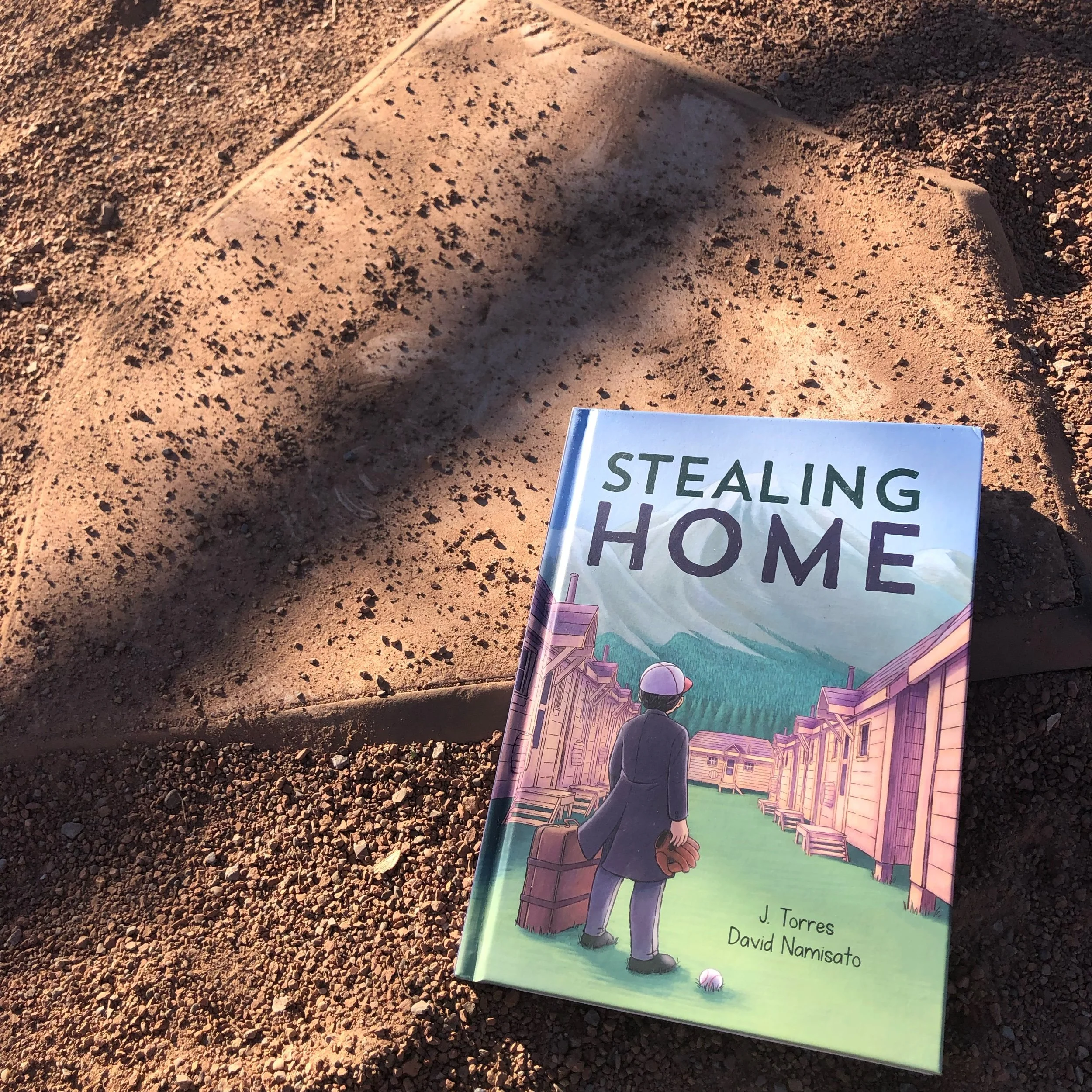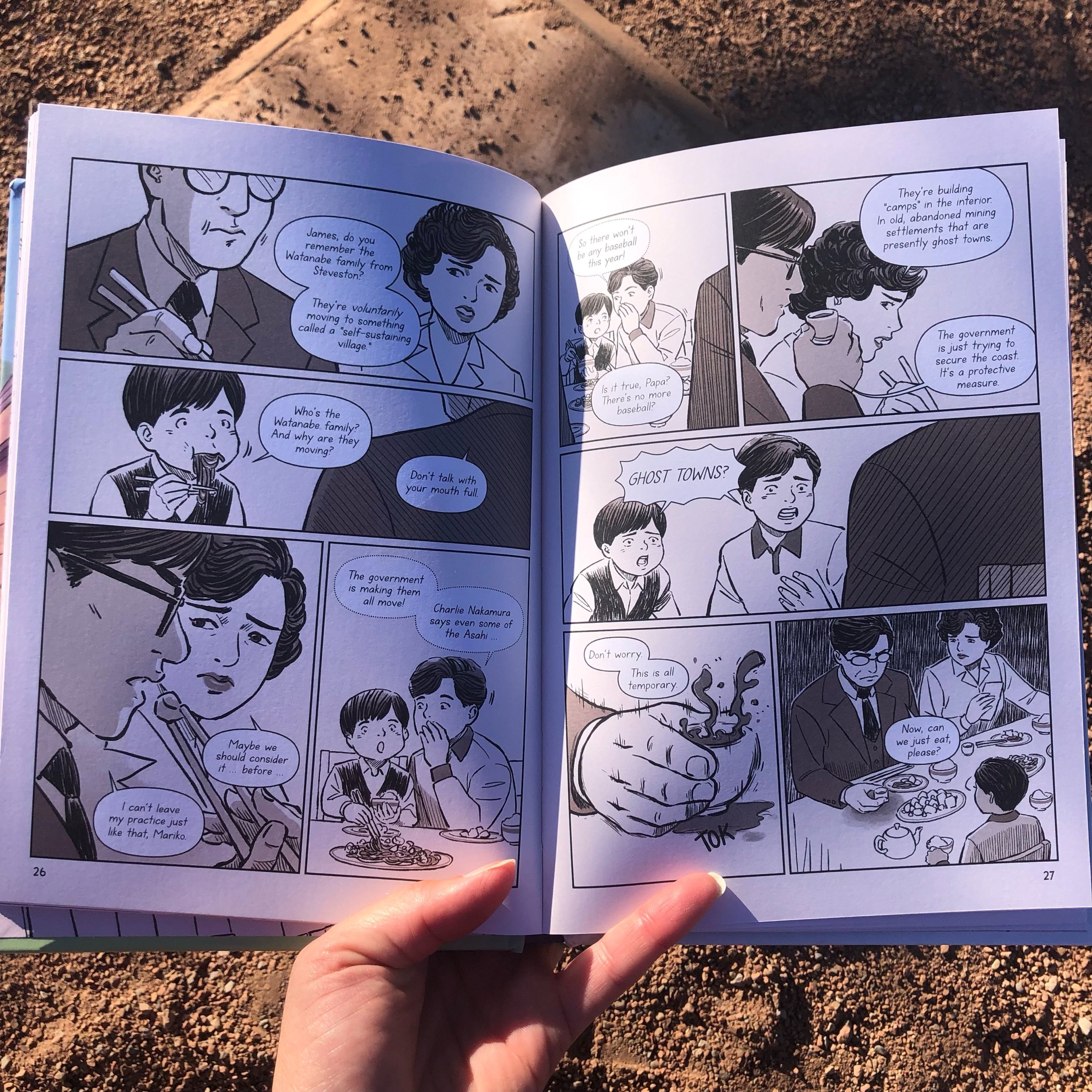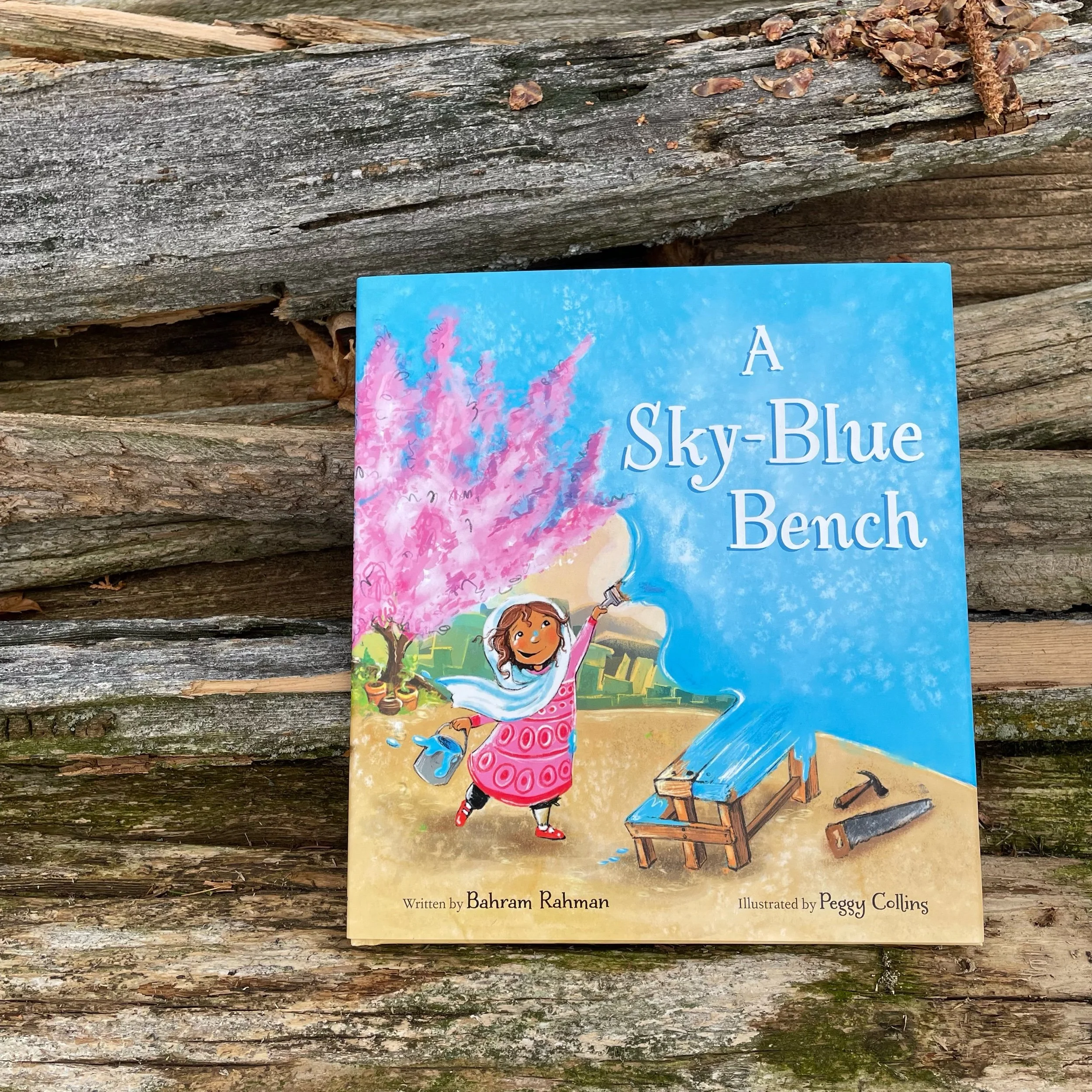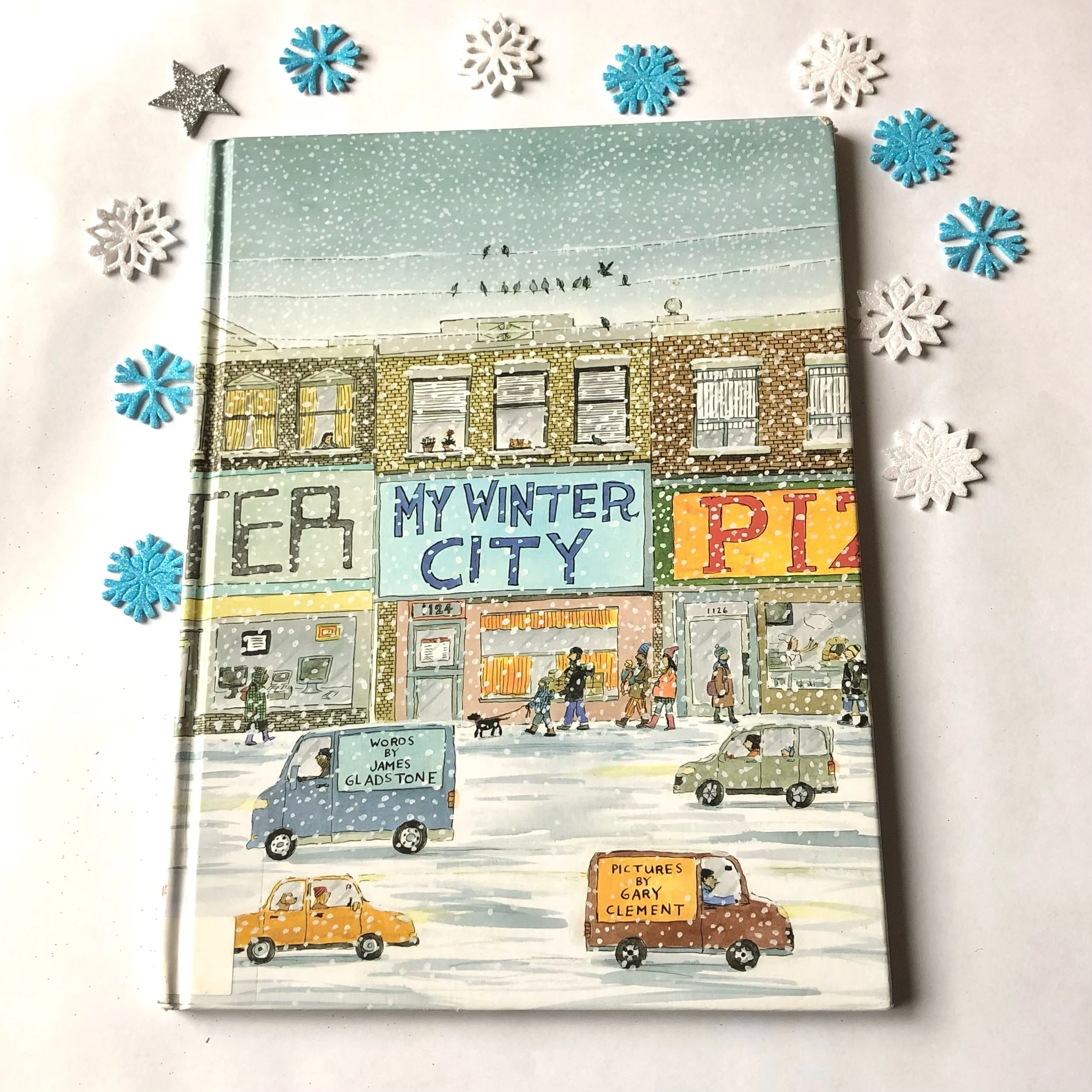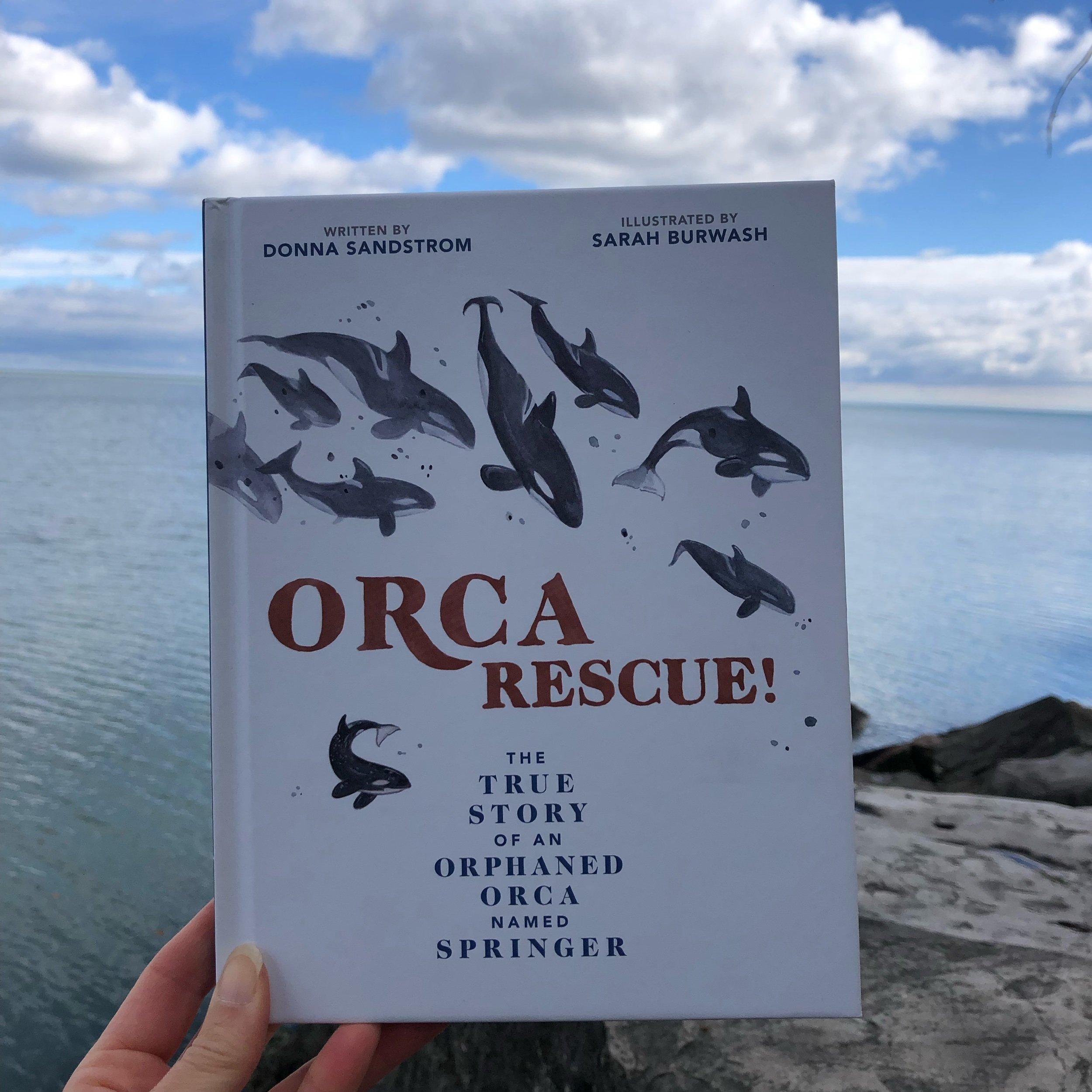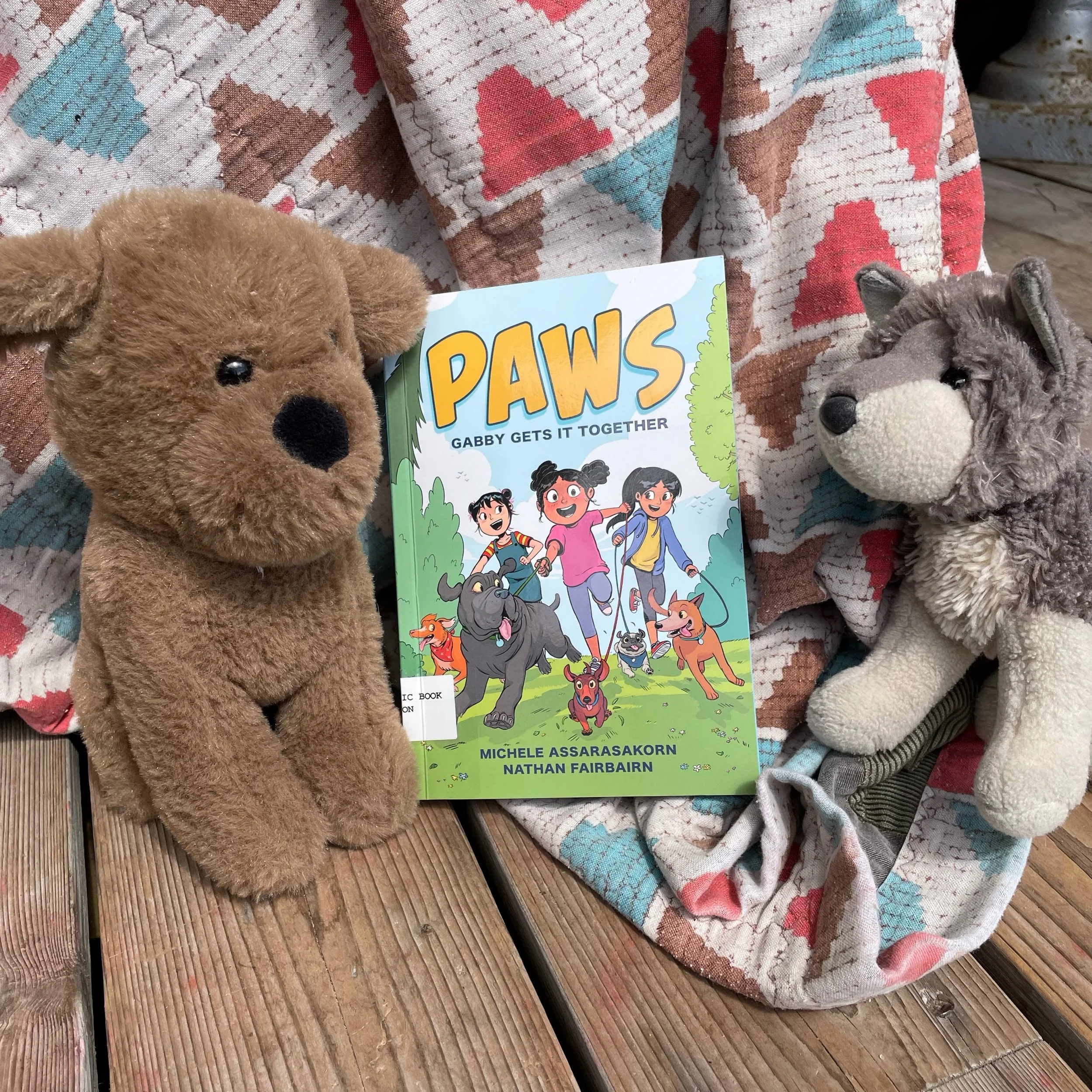Baseball in Confinement
Graphic novels are having a moment right now. They are amazing vehicles of reframing stories and providing information to readers that has been traditionally left to dry history text books. Stealing Home by J. Torres and David Namisato is a story set during the Japanese internment of World War II framed around the game of baseball.
Sandy and his family live in Vancouver, British Columbia. It’s the summer of 1941 and Sandy and his dad love watching the Asahi play ball. Then things changed. Japan bombed Pearl Harbour and life as Sandy knew it was over. Little by little freedoms are striped away. His father, a doctor is sent away to a men’s work camp. Sandy, his mother and little brother are sent to an internment camp deep in the British Columbia interior. Sandy makes sure to always keep his baseball glove close, a reminder of life before and what life can be again. A small artifact of joy.
Stealing Home is the story of what life was like in the early days of confinement. Stealing Home reflects on Japanese-Canadian citizens being forced out of their homes to live in squalid conditions, many developing TB as a result. It’s also the story of perseverance. Although confined to the camps, the people there still found joy, mostly centered around baseball, America’s game. It was a way to not only pass the time and provide hope to those at the camps but also a way to show solidarity with their country, even though they were being treated as pariahs.
Sandy’s voice is so familiar and clear. He is just a kid and is desperate to be the person who is the most important to his father, while also struggling with the fact that many people need his father’s help. J. Torres adds moments readers will connect to either through baseball, Sandy and his family or the camps and there is a lot of information that will lead to interesting and thoughtful discussions. I appreciated the information included at the end of the story about the camps, the Vancouver Asahi and what life was life after the camps as well as the further resources.
The art by David Namisato is striking. There is no colour used throughout as if you are watching an old time show. The sepia tones are very reminiscent of the clay you find on baseball fields. A beautiful tie-in and way to honour the mood of the story. David Namisato’s panels convey so much emotion for readers, from the stress experienced by Sandy’s family to the joy of watching the Asahi.
To have history available in multiple formats for young readers to learn is especially important now, so we can learn from the harms of the past and hopefully not repeat them.


